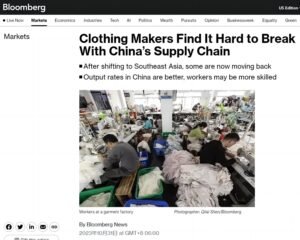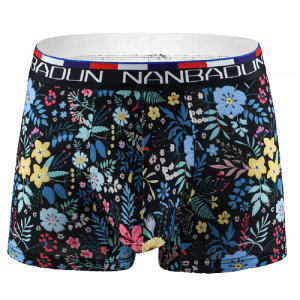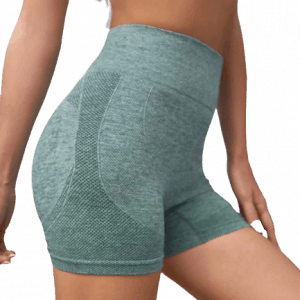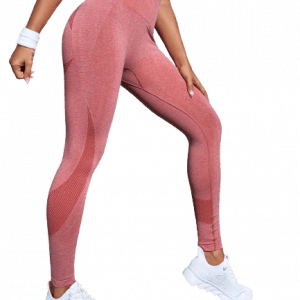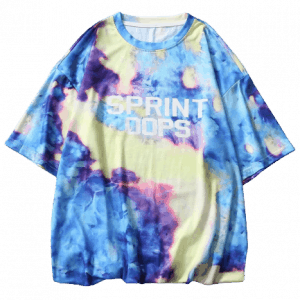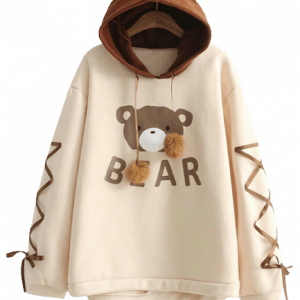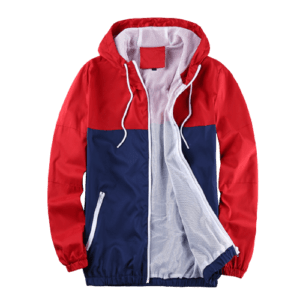In the current economic environment, whether the garment industry is worth the investment, or whether there are new investment ideas, this is garment industry practitioners are very concerned about the problem. For this reason, I will systematically discuss the pain points and opportunities of online and offline, primary and secondary markets, and stalls in the clothing industry, so as to see the problem from a more diversified perspective. I hope to give my friends who care about this issue some different views.
Under what circumstances are you willing to prepare materials for your clients? Here are some considerations:
According to the due diligence, the annual discount cost of the brand is 15-20%, and a large discount cost should be paid. And the cost of traffic is getting higher and higher, marketing will account for more than 20%. Add in a return rate of around 15%, and that doesn’t really leave a lot of room for merchants.
Of course, the big sellers are still happy, but the clothing industry is increasingly like a pyramid. As a result, online sales are becoming more and more competitive, and it is very difficult for clothing brands to sell at high prices online. You can’t create an expensive feel online, and it’s hard to get consumers to pay a premium. If clothing styles are not differentiated, the customer turnover rate will be very high after entering the store, because the cost of searching and comparing prices is so low.
When a consumer enters an online clothing store and sees a style she likes, she will directly search the whole Internet and go to other stores if the price is lower. At least salespeople in offline stores have plenty of tools to retain customers. In fact, in many places, large brands and small brands coexist, and there are many long-tail brands, each with its own customer groups. Big brands are really huge. A lot of people talk about “going offline”, but the rent cost of offline clothing stores is not low.
An important reason for the volatility of the clothing industry is the low valuation given by the market. The reason behind this is that the inventory cycle is recurring and the life cycle of a clothing brand is not easy to control. It is very difficult for primary market investors to invest in a clothing brand and expect to see where it will be in five or even 10 years.
It is very difficult for primary market investors to invest in a clothing brand and expect to see where it will be in five or even 10 years. But it’s also a good place to invest if you can find an investment opportunity.
Based on the performance of the secondary market (the publicly traded stock market), the apparel industry has underperformed in the broader market since 2017. 2019 alone will be a little better, not much worse than the market. Clothing can be a safe haven, but it’s hard to get a good return.
In some markets, it can be a very good business and a very profitable business for practitioners. But investors will not touch it, first, because the cash flow of a well-done clothing store is not bad, and secondly, it is difficult for a small store to continue to grow, so as to annex other stores or expand the category. The garment industry is complex, and with rapid expansion, the management ability of the stall can not keep up. Two is from clothing stall boss to entrepreneur, middle still some gap.
There is also a point, a simple clothing shop is to do intermediate trading wholesale, it will be difficult to IPO, and investors are seeking to exit immediately after listing. So although the file to make money, is not suitable for investors.
From a dynamic point of view, if the boss of a clothing store has strong management ability, can introduce a digital management model, make several core clothing categories radiate to the region or even the whole country, and have a clear grasp of the direction of the terminal, then venture capital will be very interested.
- A new way to remove clothing inventory.
So where are the new opportunities for the entire garment industry? Let’s start with the simplest logic. When the clothing industry weakens and sales decline, the first problem is overstocking. So what about the inventory overhang?
Provide supply and selection services, marketing and customer acquisition tools, and commodity management tools. The main brand tail goods, the price for the sign price is 1-2 discount. Divided into brand cloud warehouse inventory and proprietary buyout inventory.
Through the combination of the clothing purchasing agents and tail goods, the problem that the quality of goods purchased on behalf is not guaranteed and the tail goods are difficult to reach users can be solved. Promote goods from first – and second-tier cities to third – and fourth-tier cities. At the same time, in a closed social system, to avoid tail dumping damage to clothing brand positioning.
- Clothing supply chain – clothing production and manufacturing: from the intelligent hanging system to the MES management system of the entire garment production capacity, there is no order to be forced to upgrade.
3. Clothing supply chain – the cloth trade: The winner from the corpse pile of competitors?
- Clothing supply chain – Accessories trading: Will small markets bring big returns?
5. Live streaming and social e-commerce: Traffic is reshaping the clothing industry. Is it a flash in the pan or the end?
……
……


